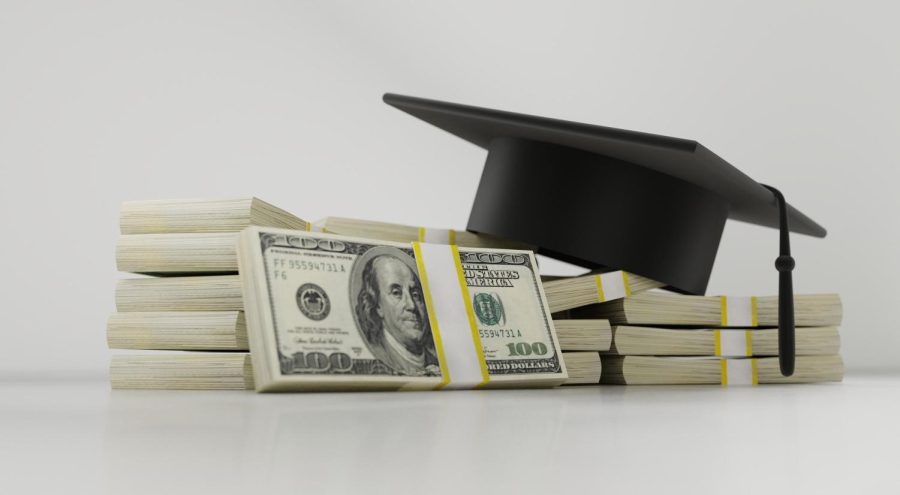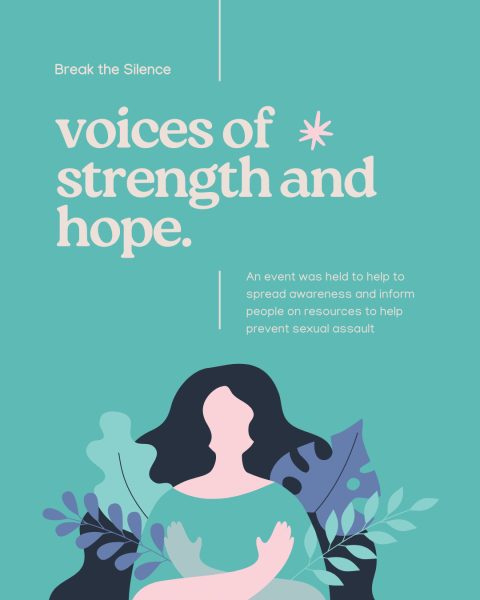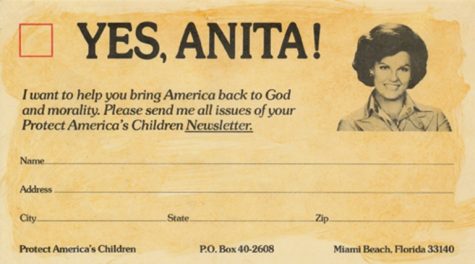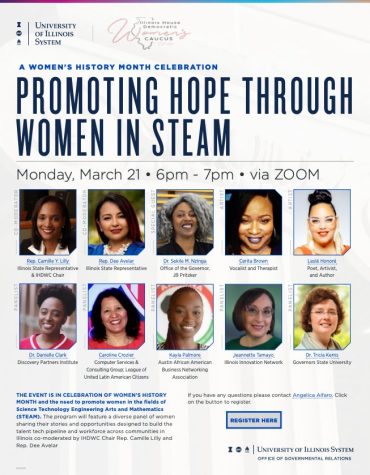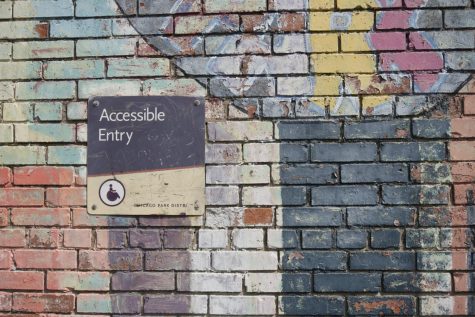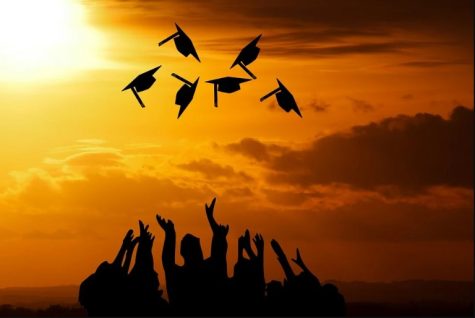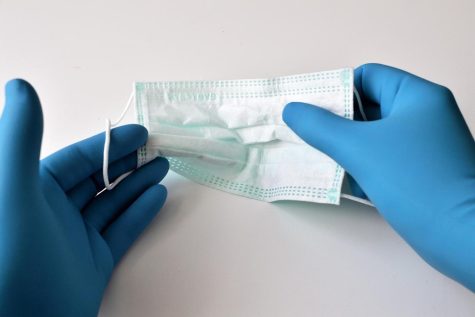Recession Birth Rates: How Dips in the Economy will Affect Future College Enrollment
Economic recessions place stress on markets, businesses, credit conditions, and families. In times of financial uncertainty, it is only natural to pinch pennies. The cost of food, shelter, and transportation can already be burdensome. Throwing another major expense into the pot may be the last thing on one’s to-do list. According to a study from the United States Department of Agriculture (USDA), lower-income families on average spend 27% of their income on a child per year. Middle-income households, 16%, and those in the highest income bracket, 11%.
Although childbirths have steadily declined over the last two decades, the 2008 recession sped up the process. Between 2008 and 2013, the U.S. birth rate dropped nearly 2 percent annually. On Main Street, unemployment rates rose to 10.0% by 2009. So what is the correlation?
A Princeton study found that nearly 430,000 fewer childbirths came in the years of the Great Recession. While poor economic conditions tend to be associated with lower fertility rates, results differed between subgroups. A Northwestern study found that those least likely to have children during the recession were married and unpartnered women when unemployment and mortgage foreclosures were at their peak. Teenage women also saw an overall decrease in birth rates, yet in localities where unemployment was highest, pregnancies surged. Minorities saw notable increases, especially Hispanic married women, in states with the highest poverty rates. Whether or not the Great Recession was the primary cause of lower fertility rates is difficult to prove. Nonetheless, lower fertility rates were a product of the period.
2026 is just four years away and will mark the 18th anniversary of the 2008 recession. Those graduating from high school will have to make the difficult decision of attending college or entering the labor force. In 2020 and 2021, college enrollment numbers were negatively affected from years prior, likely due to the ongoing pandemic. Rather, using college enrollment percentages from 2019 as a basis for this example, of the 430,000 loss of births during the Great Recession, nearly 285,000 ages 16-24 would likely be enrolling in college. Those in this age group typically consist of 2.1 million students.
This is not to say that colleges will face a 13.5% loss in enrollment. The U.S. population continues to increase and likely will through 2026. If other age groups decide to return to campus at higher rates, colleges could sustain steady enrollment. That said, due to COVID-19 deaths, restrictions on immigration, and low birth rates, the population slowed to its lowest growth rate since 1937. If this trend were to continue, colleges may not only suffer in the coming years from the Great Recession but COVID-related population loss.



